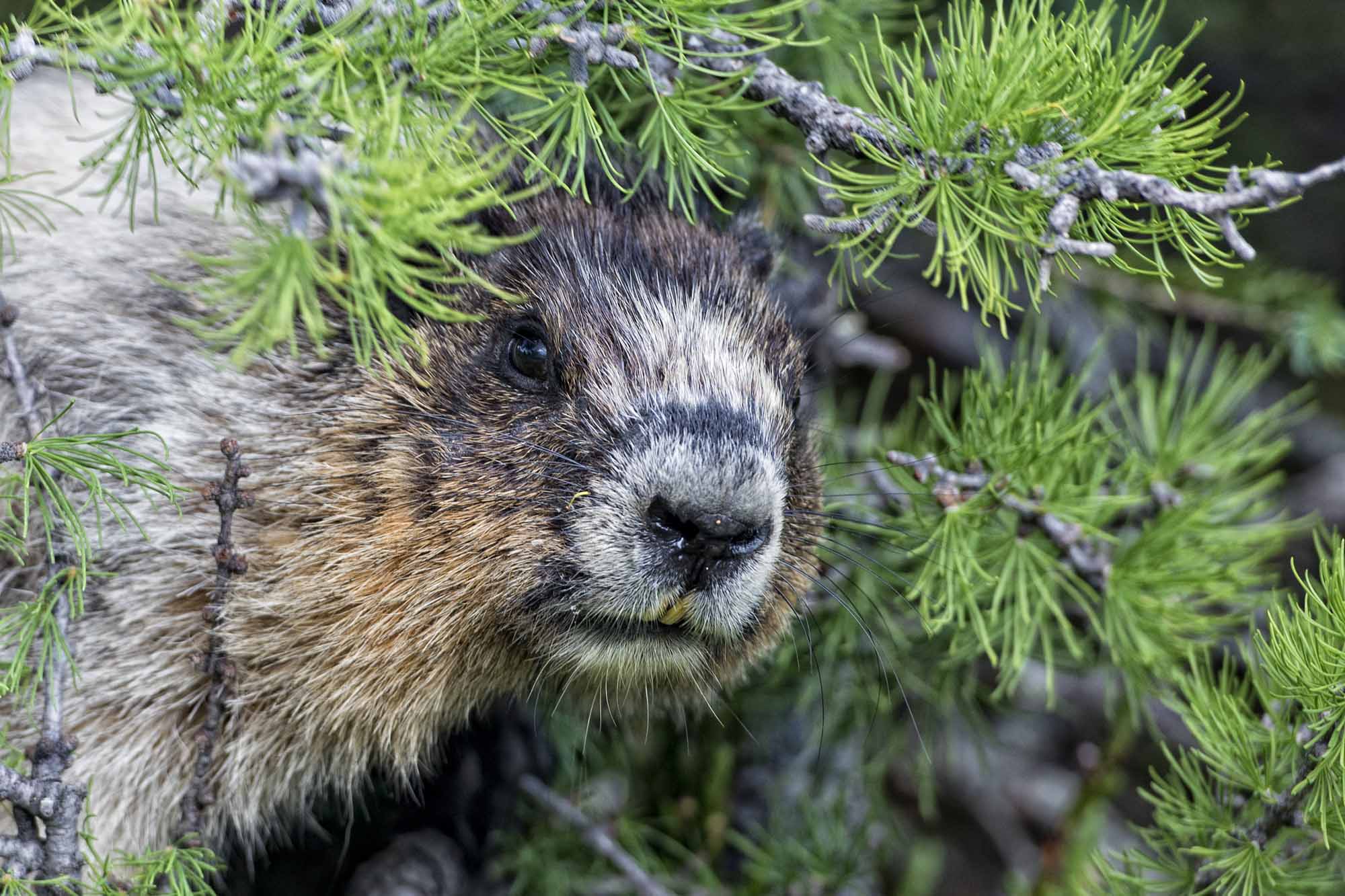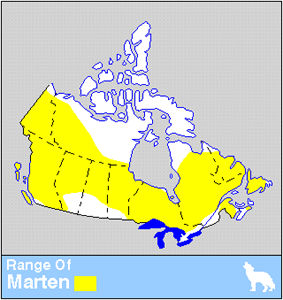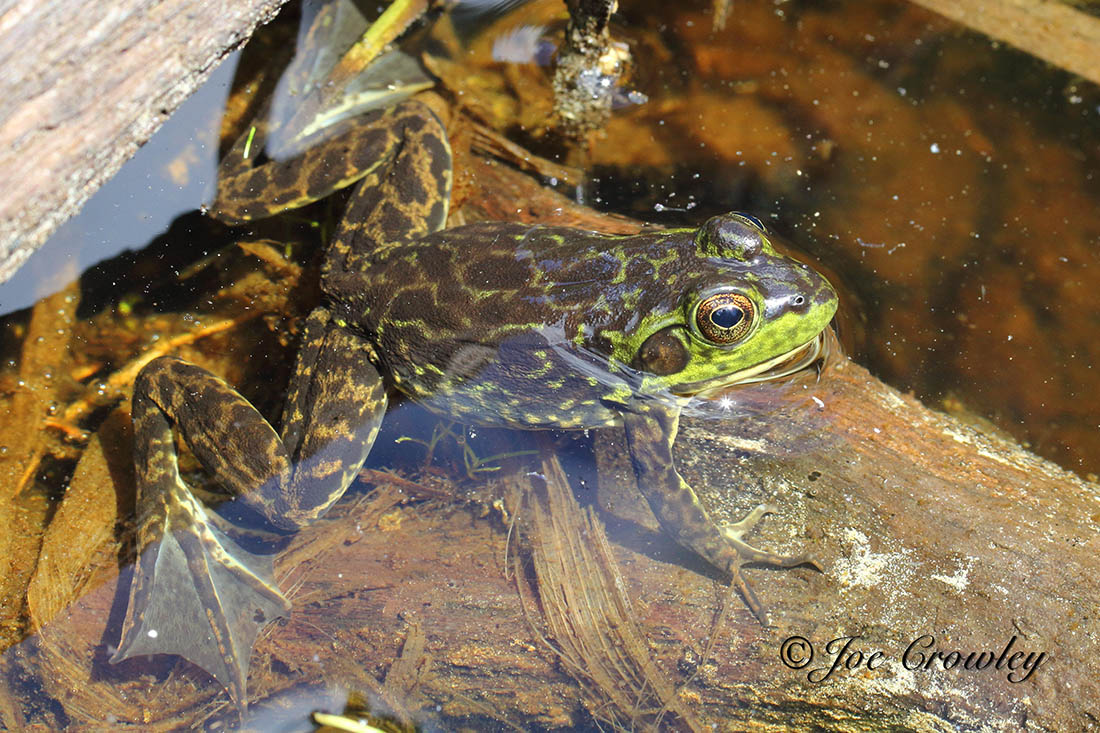Browse "Animals"
-
Article
Mantid
Mantids are carnivorous insects of the order Mantodea, known for their prayer-like posture. Mantids are most closely related to cockroaches and termites. There are about 2,400 species worldwide, most of which are found in the tropics. Only three species are found in Canada: the European mantis (Mantis religiosa), the Chinese mantid (Tenodera aridifolia) and the ground mantid (Litaneutriaminor). Of these three species only the ground mantid, found in southern British Columbia, is native. Although mantis is sometimes used to refer to the entire group, most entomologists prefer to use that word for members of the genus Mantis.
"https://d2ttikhf7xbzbs.cloudfront.net/Mantid/ChineseMantid.jpg" // resources/views/front/categories/view.blade.php
https://d2ttikhf7xbzbs.cloudfront.net/Mantid/ChineseMantid.jpg
-
Article
Marmot
The marmot is a large, diurnal, burrowing rodent of the squirrel family, native to Eurasia and North America.
"https://d2ttikhf7xbzbs.cloudfront.net/media/media/94b3a446-92ae-40bb-9c73-3c9634ad95a0.jpg" // resources/views/front/categories/view.blade.php
https://d2ttikhf7xbzbs.cloudfront.net/media/media/94b3a446-92ae-40bb-9c73-3c9634ad95a0.jpg
-
Article
Marsupialia
Marsupialia, order of mammals belonging to the infraclass Metatheria, comprising some 280 living species, of which two-thirds are found in Australia.
"https://development.thecanadianencyclopedia.ca/images/tce_placeholder.jpg?v=e9dca980c9bdb3aa11e832e7ea94f5d9" // resources/views/front/categories/view.blade.php
https://development.thecanadianencyclopedia.ca/images/tce_placeholder.jpg?v=e9dca980c9bdb3aa11e832e7ea94f5d9
-
Article
Marten
Marten (Martes americana), slender weasel specialized for life in the northern coniferous forests; found from Alaska and BC to Newfoundland and into the US.
"https://d2ttikhf7xbzbs.cloudfront.net/media/media/e272503b-0b84-45c4-b0dc-f5ae9cb9f938.jpg" // resources/views/front/categories/view.blade.php
https://d2ttikhf7xbzbs.cloudfront.net/media/media/e272503b-0b84-45c4-b0dc-f5ae9cb9f938.jpg
-
Article
Mayfly
Mayfly is the common name for small, fragile, soft-bodied insects comprising the order Ephemeroptera (from Greek ephemeros, meaning, "living a day," and ptera, “wings”).
"https://development.thecanadianencyclopedia.ca/images/tce_placeholder.jpg?v=e9dca980c9bdb3aa11e832e7ea94f5d9" // resources/views/front/categories/view.blade.php
https://development.thecanadianencyclopedia.ca/images/tce_placeholder.jpg?v=e9dca980c9bdb3aa11e832e7ea94f5d9
-
Article
Meadowlark
The meadowlark is a robin-sized bird with a bright yellow breast marked by a black crescent.
"https://d2ttikhf7xbzbs.cloudfront.net/media/media/0928d9ac-59fb-414a-a9e4-0e452b14089e.jpg" // resources/views/front/categories/view.blade.php
https://d2ttikhf7xbzbs.cloudfront.net/media/media/0928d9ac-59fb-414a-a9e4-0e452b14089e.jpg
-
Article
Midge
Midges are small, slender-bodied flies with long antennae, belonging to various families. Three families are especially important: non-biting midges (Chironomidae), biting midges (Ceratopogonidae, also called no-see-ums), and gall midges (Cecidomyiidae). In Canada, there are more than 1,300 named species of midges from these groups, and scientists expect at least as many more live here. The larvae of most non-biting and biting midges are aquatic, while most larval gall midges live and feed inside of growths on plant tissues. Midges are found all across Canada and in a variety of habitats.
"https://d2ttikhf7xbzbs.cloudfront.net/media/new_article_images/Midge/NonBitingMidge.jpg" // resources/views/front/categories/view.blade.php
https://d2ttikhf7xbzbs.cloudfront.net/media/new_article_images/Midge/NonBitingMidge.jpg
-
Article
Millipede
Millipede (class Diplopoda), terrestrial, usually elongate arthropod with a small head and short antennae.
"https://development.thecanadianencyclopedia.ca/images/tce_placeholder.jpg?v=e9dca980c9bdb3aa11e832e7ea94f5d9" // resources/views/front/categories/view.blade.php
https://development.thecanadianencyclopedia.ca/images/tce_placeholder.jpg?v=e9dca980c9bdb3aa11e832e7ea94f5d9
-
Article
Mink
The American mink (Mustela vison) is a small, amphibious weasel inhabiting wetlands throughout Canada, excluding the tundra, and abundant on the BC seashore.
"https://d2ttikhf7xbzbs.cloudfront.net/media/media/29d2f58b-9ba1-424e-a879-5a0e6a0738ba.jpg" // resources/views/front/categories/view.blade.php
https://d2ttikhf7xbzbs.cloudfront.net/media/media/29d2f58b-9ba1-424e-a879-5a0e6a0738ba.jpg
-
Article
Mink Frog
The mink frog (Lithobates septentrionalis) is a medium-sized frog native to eastern North America. It has a large distribution in eastern Canada that extends from southwestern Manitoba east to Nova Scotia and north around James Bay and into southern Labrador. Mink frogs are highly aquatic and are typically found in large, permanent water bodies.
"https://d2ttikhf7xbzbs.cloudfront.net/minkfrog/Crowley-Mink-Frog.jpg" // resources/views/front/categories/view.blade.php
https://d2ttikhf7xbzbs.cloudfront.net/minkfrog/Crowley-Mink-Frog.jpg
-
Article
Minnow
Many people refer wrongly to any small fish as a minnow. Properly, minnows are small to large freshwater fish of class Actinopterygii, order Cypriniformes, family Cyprinidae.
"https://d2ttikhf7xbzbs.cloudfront.net/media/media/310caf5d-4a5d-4276-b439-7f6aa2a2cfe0.jpg" // resources/views/front/categories/view.blade.php
https://d2ttikhf7xbzbs.cloudfront.net/media/media/310caf5d-4a5d-4276-b439-7f6aa2a2cfe0.jpg
-
Article
Mite
Mite is a common name for most members of the subclass Acari, a large, diverse group of tiny arachnids that also includes ticks.
"https://d2ttikhf7xbzbs.cloudfront.net/media/media/8eb04cf7-636d-460f-a5d4-bedd5bf6298d.jpg" // resources/views/front/categories/view.blade.php
https://d2ttikhf7xbzbs.cloudfront.net/media/media/8eb04cf7-636d-460f-a5d4-bedd5bf6298d.jpg
-
"https://development.thecanadianencyclopedia.ca/images/tce_placeholder.jpg?v=e9dca980c9bdb3aa11e832e7ea94f5d9" // resources/views/front/categories/view.blade.php
https://development.thecanadianencyclopedia.ca/images/tce_placeholder.jpg?v=e9dca980c9bdb3aa11e832e7ea94f5d9
-
Article
Mole
Mole, common name for 20-29 species of predominantly burrowing insectivores of family Talpidae restricted to Eurasia and N America. Six species occur in Canada.
"https://development.thecanadianencyclopedia.ca/images/tce_placeholder.jpg?v=e9dca980c9bdb3aa11e832e7ea94f5d9" // resources/views/front/categories/view.blade.php
https://development.thecanadianencyclopedia.ca/images/tce_placeholder.jpg?v=e9dca980c9bdb3aa11e832e7ea94f5d9
-
Article
Mollusc
The mollusc is a soft-bodied, usually shelled invertebrate belonging to one of the largest animal phyla (Mollusca) with some 100 000 living and about 35 000 fossil species.
"https://d2ttikhf7xbzbs.cloudfront.net/media/media/06525077-c3d6-4a56-a096-d0a611b208be.jpg" // resources/views/front/categories/view.blade.php
https://d2ttikhf7xbzbs.cloudfront.net/media/media/06525077-c3d6-4a56-a096-d0a611b208be.jpg
